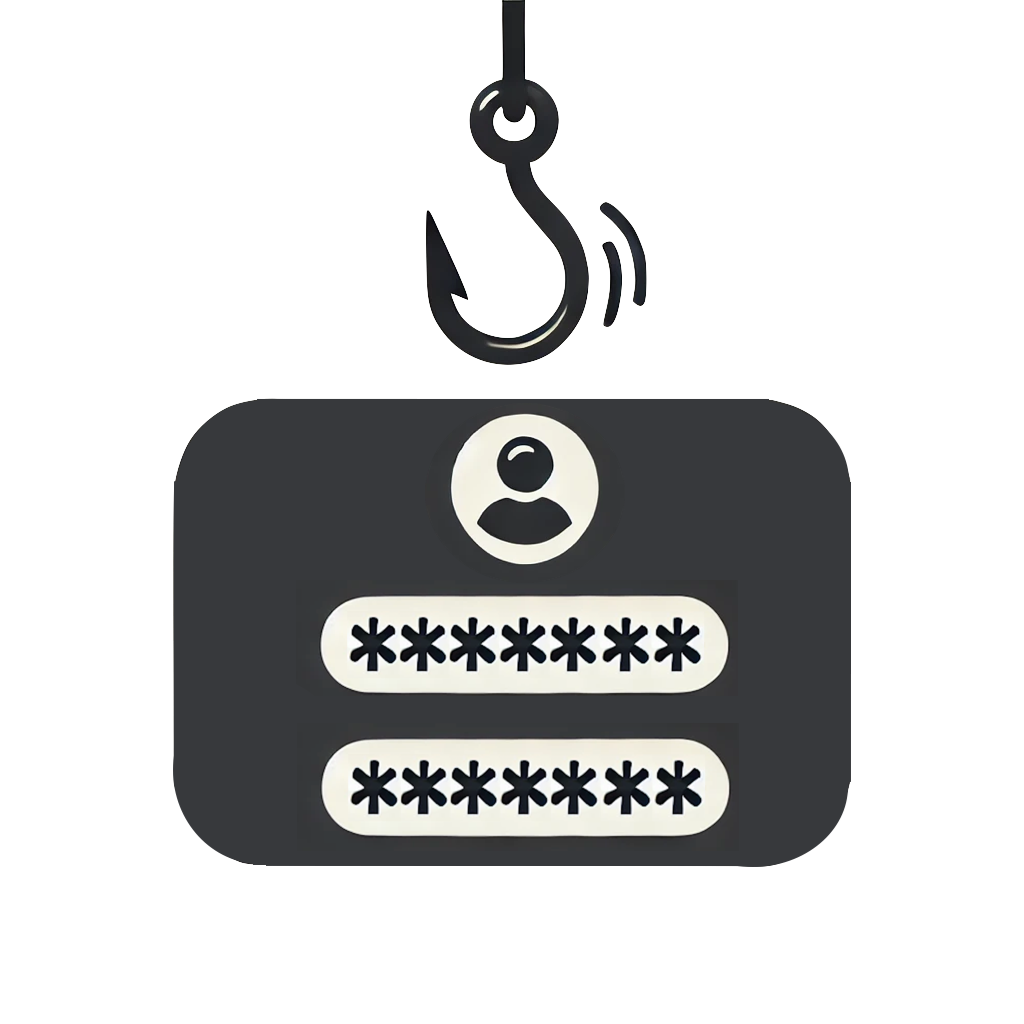A frequently asked question is: “What is the difference between spam and phishing?” Although both are unwanted emails, phishing is much more dangerous than spam. It is therefore important to understand this distinction well. Phishing is aimed at stealing sensitive information, such as passwords or financial data, while spam usually consists of unwanted advertising. If you suspect you have received a phishing email, it is crucial to report this immediately to the appropriate department within your organization.
Would you like to better protect your company against phishing? Then request a phishing test without obligation. You are not committed to anything, and we are happy to answer all your questions.

The question of what the difference is between spam and phishing can be answered very simply.
Spam refers to unsolicited messages that are sent to a large number of people, usually via email. These can be advertisements and promotions, for example.
Phishing, on the other hand, is a targeted form of fraud in which scammers pose as a known or trusted entity (such as a bank, government agency, or a well-known company or person) and try to steal personal information such as passwords and credit card details. This often happens via email, but can also take place via other channels, such as phone or chat.
In short, spam is unwanted advertising and phishing is a specific form of fraud, where the attacker poses as someone else to steal personal information.
A phishing attack is a form of online fraud in which hackers create fraudulent emails, messages, or websites to obtain personal information from unsuspecting people, such as passwords, credit card data, and bank account numbers. The attack usually begins with a message that appears to come from a trusted institution, such as a bank, web shop, or government. The message often asks for personal data, such as login details, or asks you to click on a link that leads to a fake website that looks authentic but is intended to collect data. Phishing attacks can lead to financial loss, identity theft, and other forms of damage.
If it appears that phishing is not well recognized within organizations and perhaps even phishing and spam are confused with each other, it may be useful to have employees take a phishing training.
A training can be useful to understand the difference between spam and phishing. The training makes employees more aware of the different tactics and techniques used by hackers.
Are you interested in a phishing awareness training for your organization? In this training, employees learn, among other things: